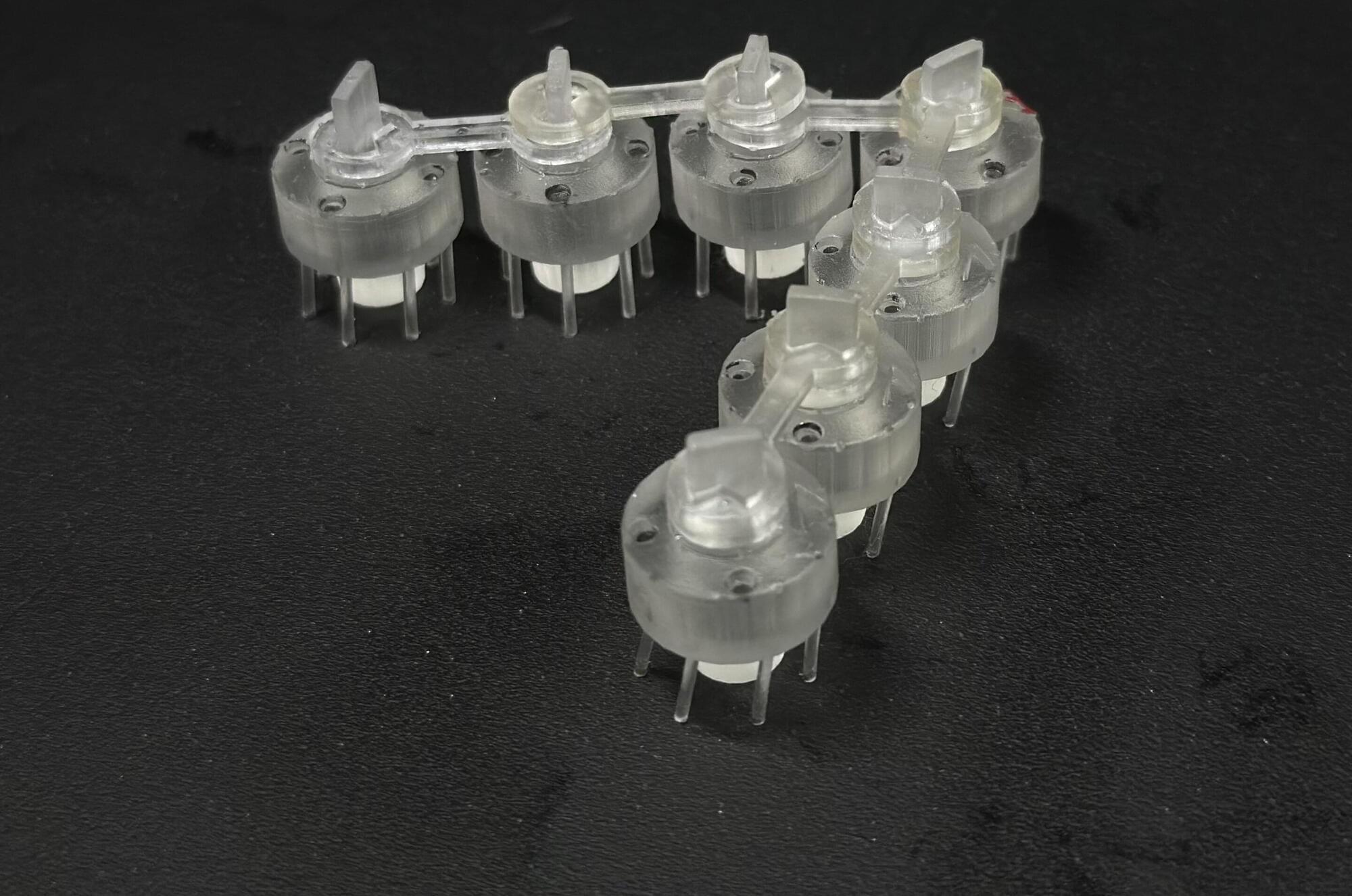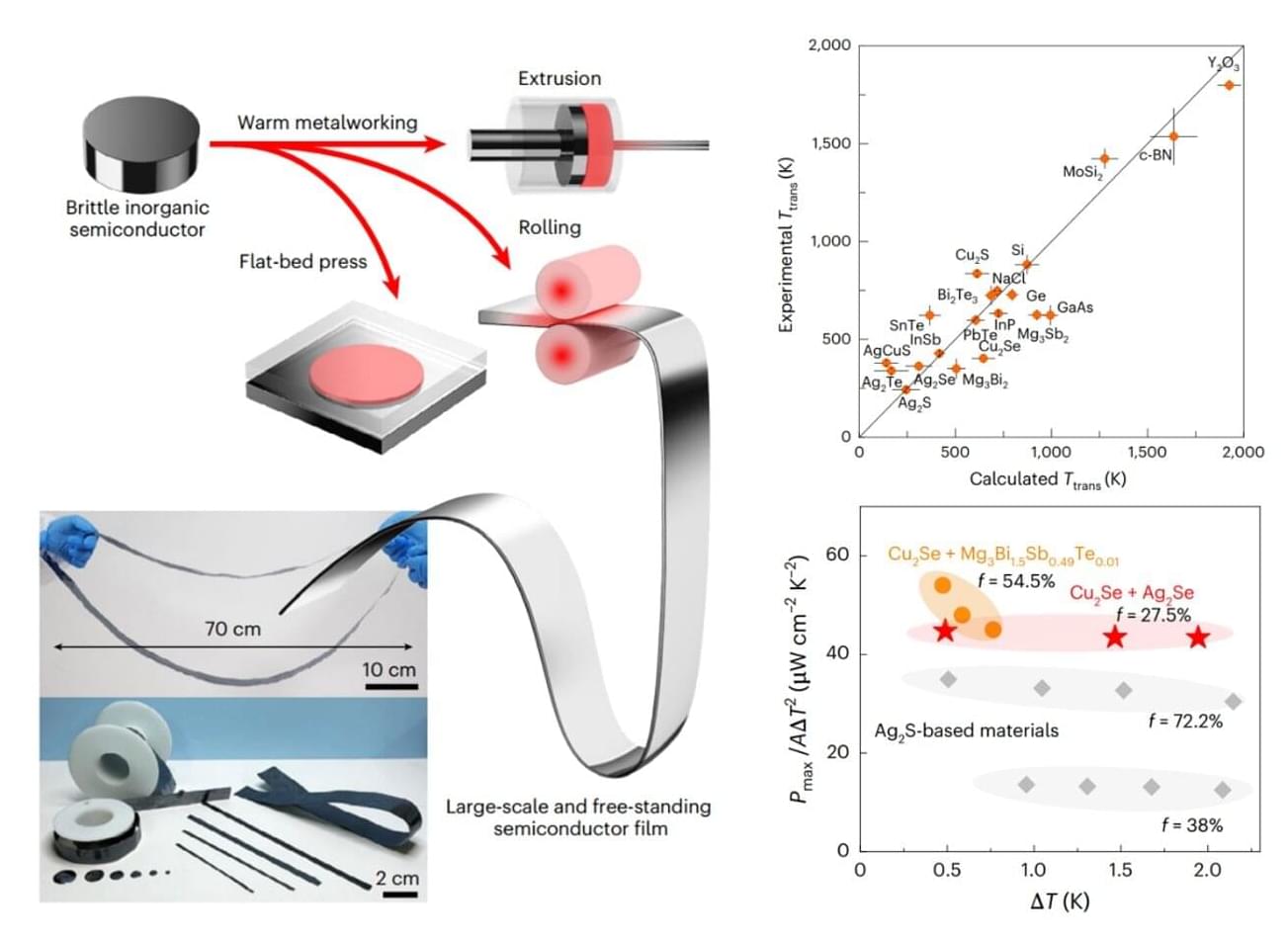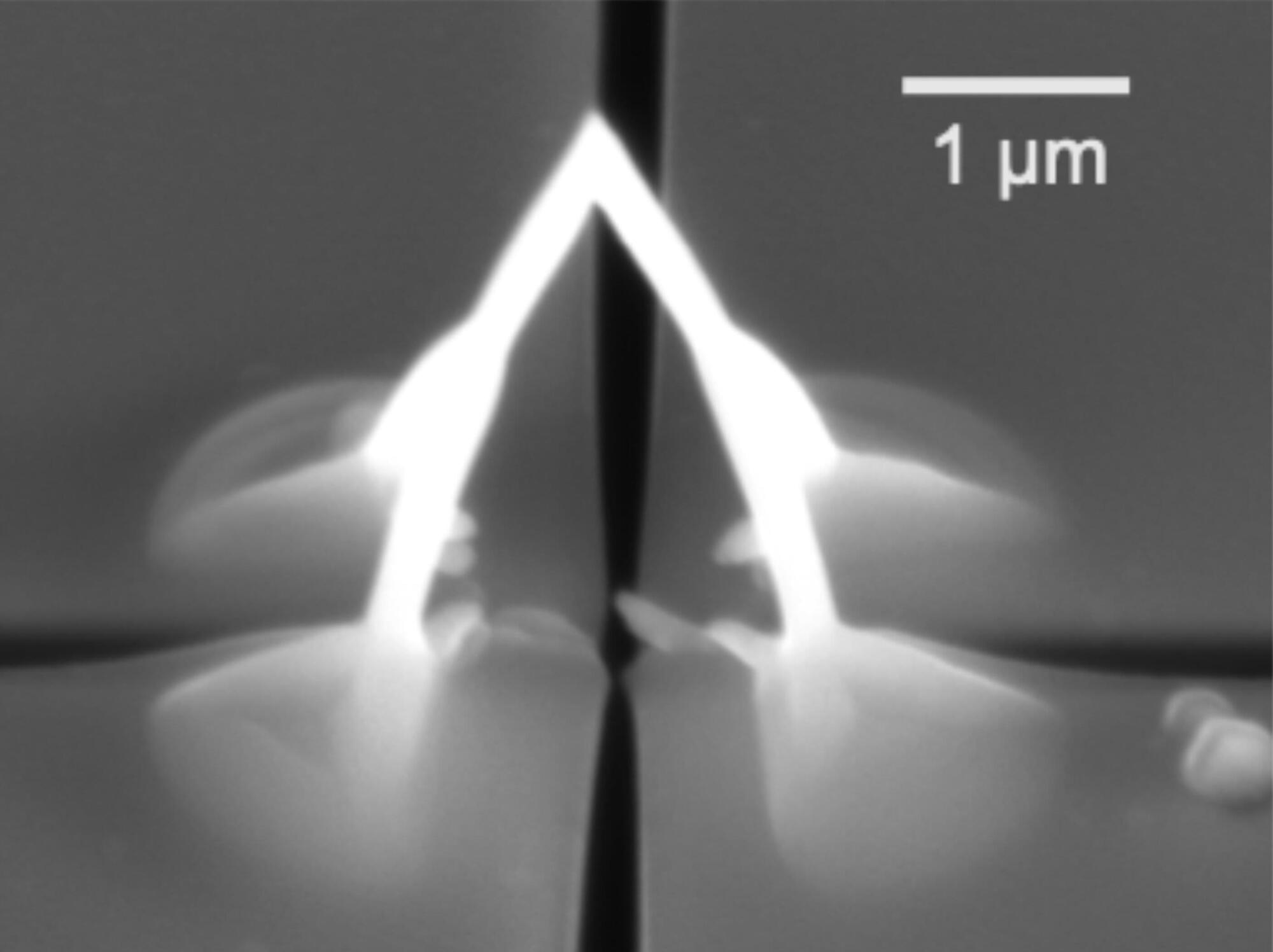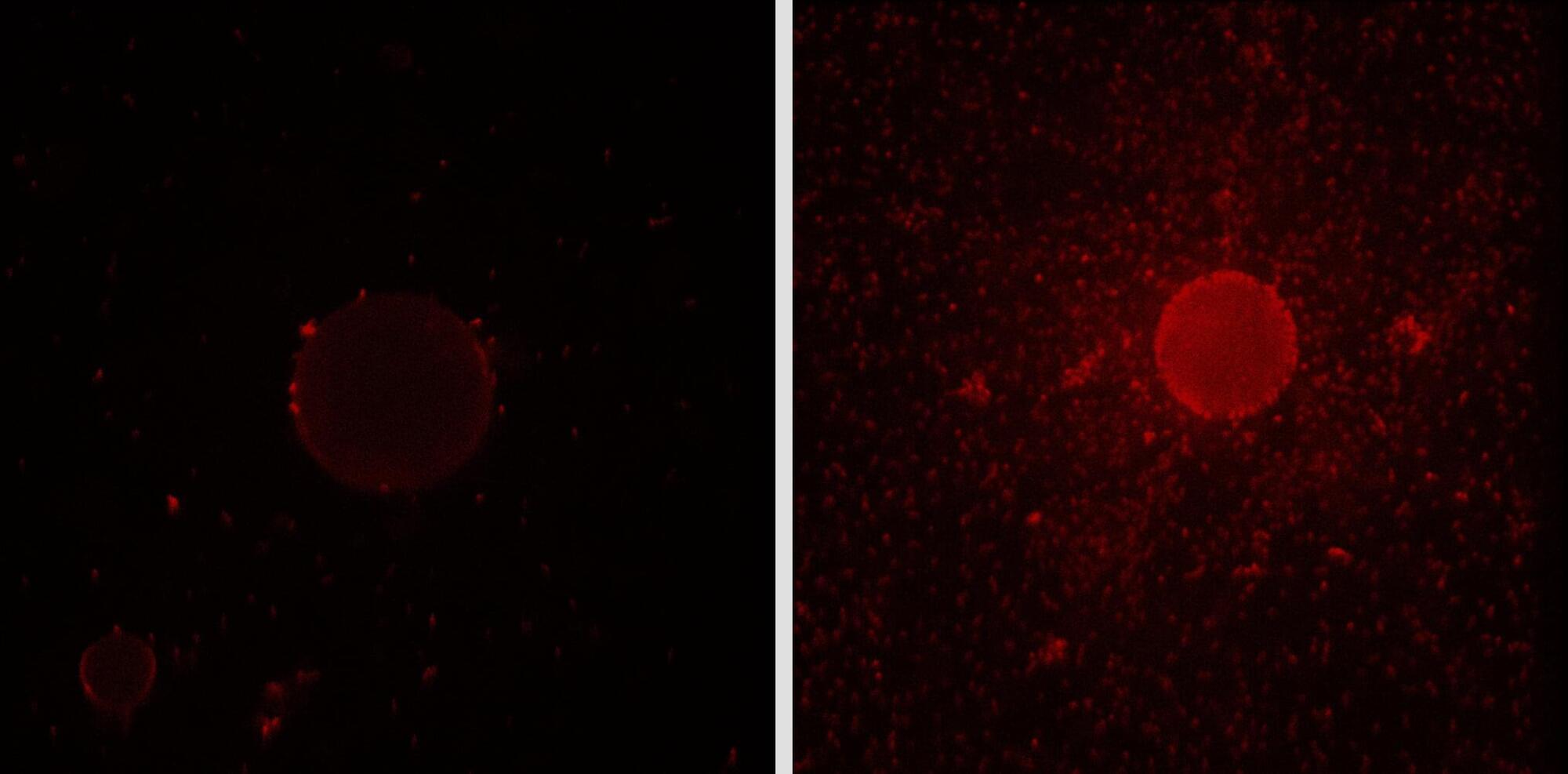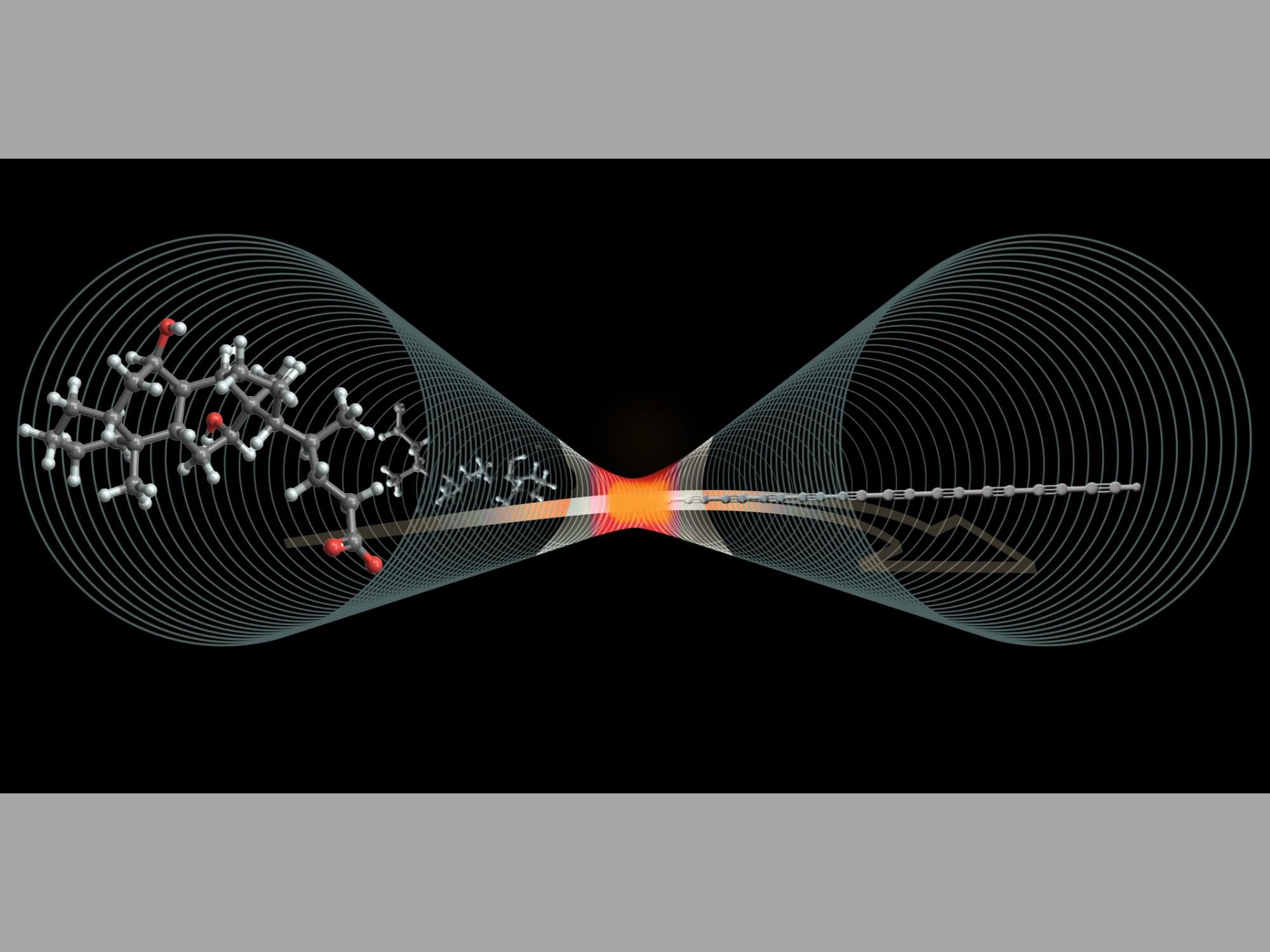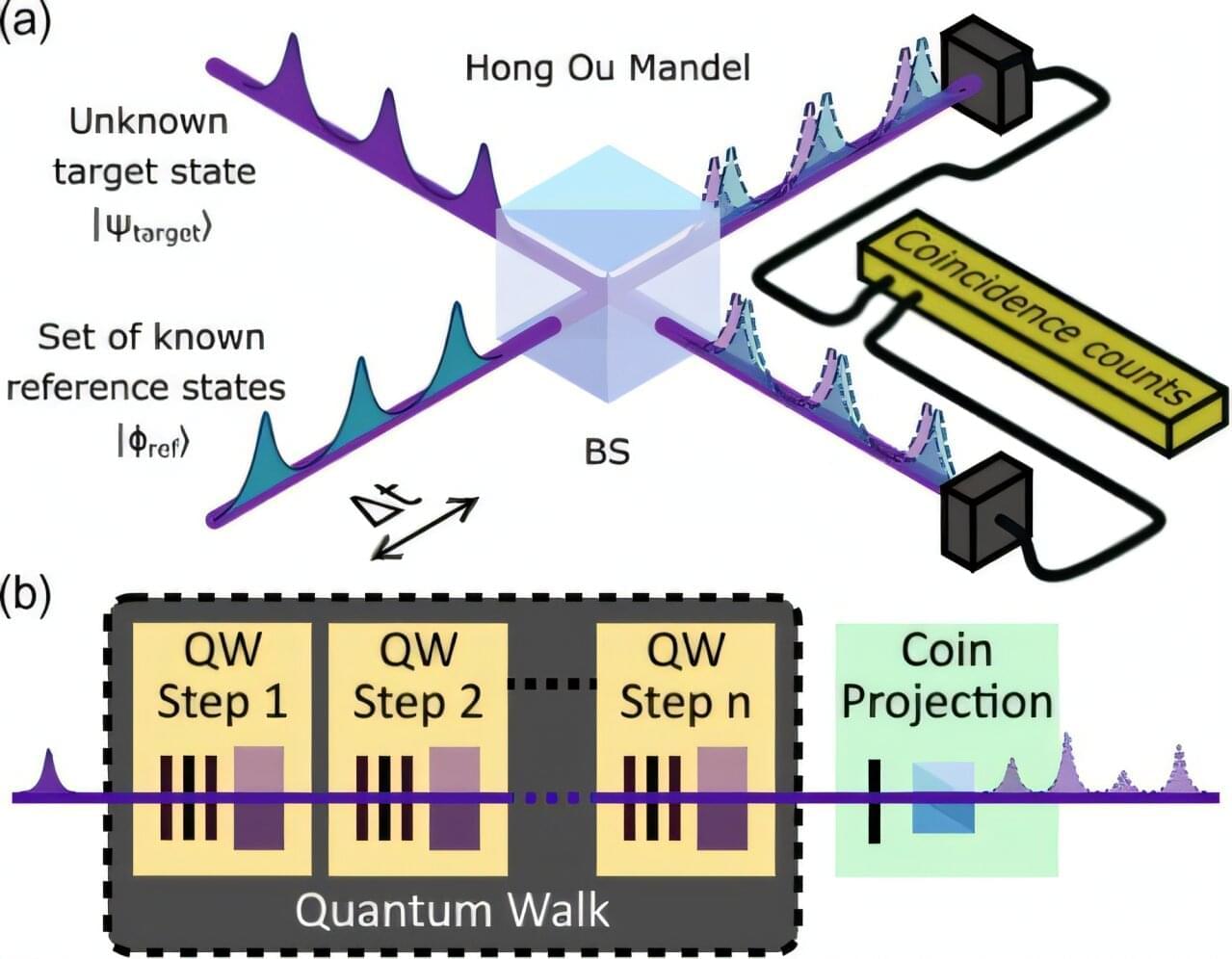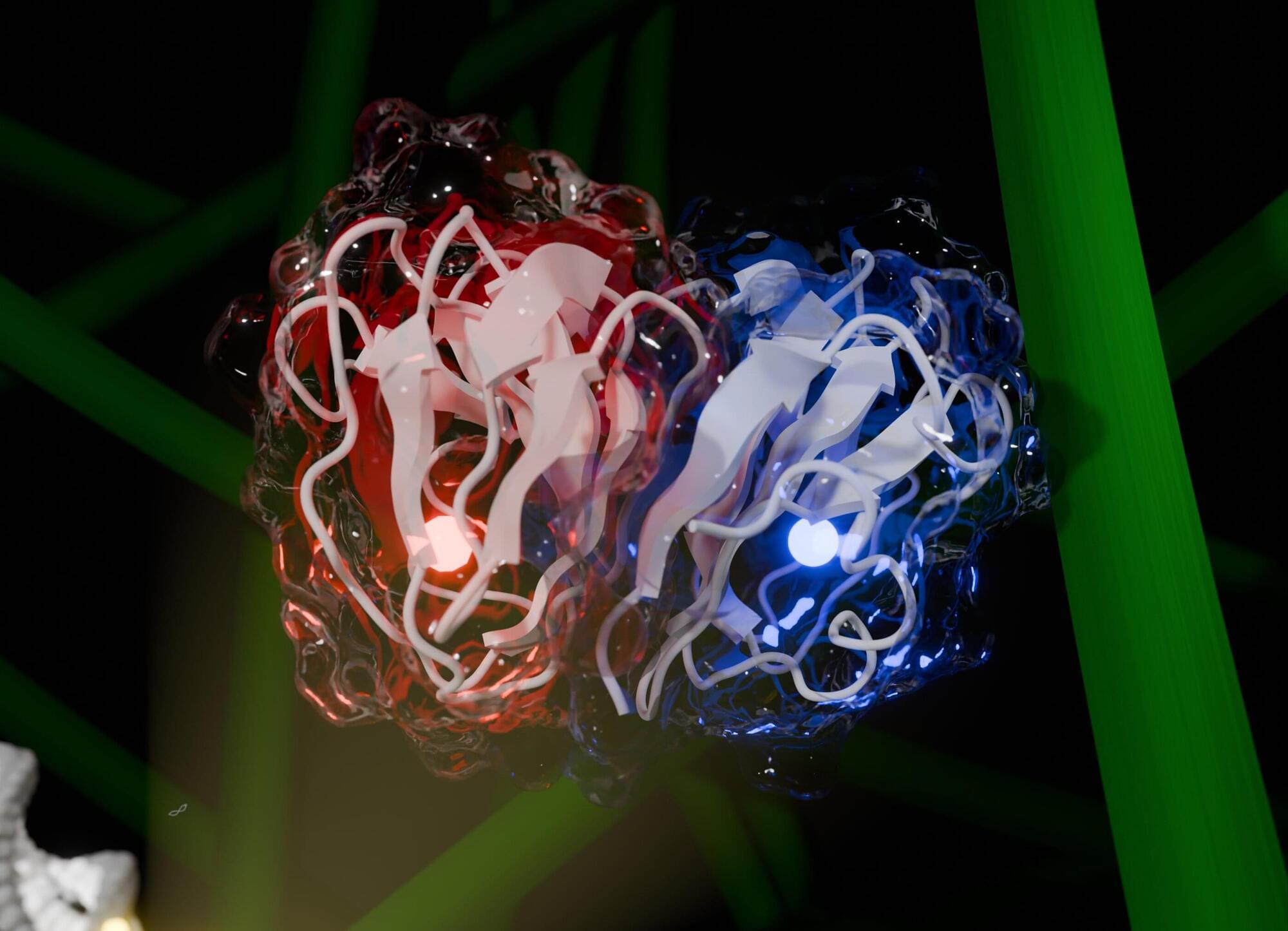A joint research team from Seoul National University and Harvard University has developed a next-generation swarm robot system inspired by nature—capable of movement, exploration, transport, and cooperation, all without the need for precise sensors or centralized control.
The study was led by Professor Ho-Young Kim, Dr. Kyungmin Son, and master’s student Kwanwoo Kim at SNU’s Department of Mechanical Engineering, and Professor L. Mahadevan and Dr. Kimberly Bowal at Harvard.
Their approach connects simple, active particles into chain-like structures that can carry out complex tasks without any advanced programming or artificial intelligence. The research is published in Science Advances.
